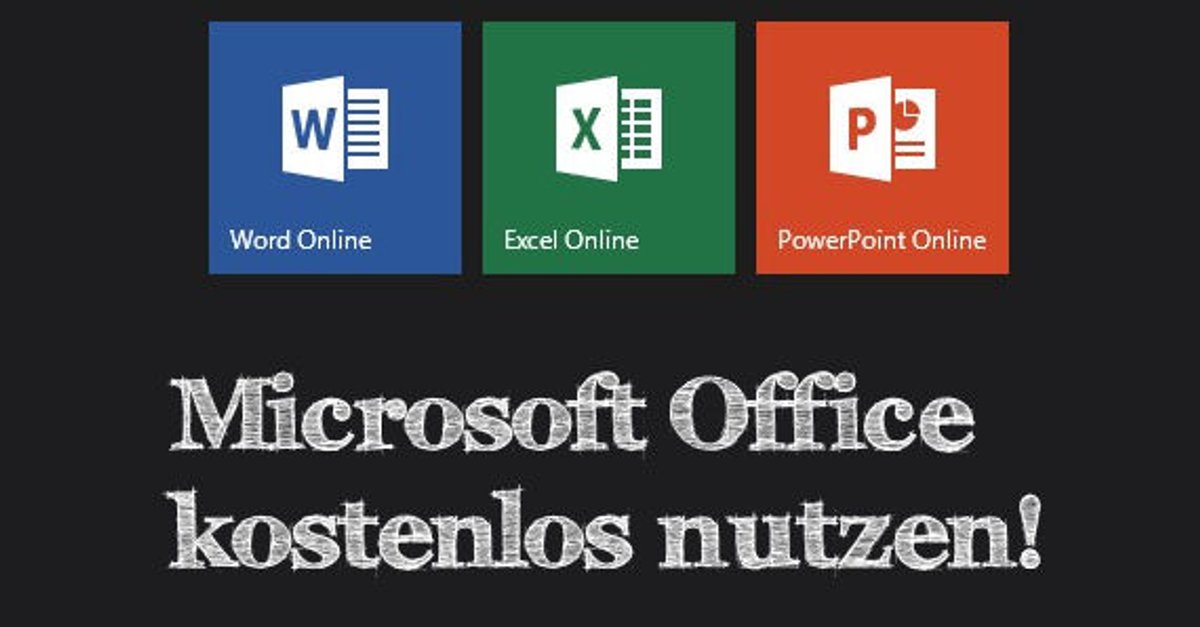Microsoft Office 2010 Yazikovoj Paket
Living language ultimate french beginner intermediate download. In this book you’ll find: • 40 lessons with lively dialogues including the most common and useful idiomatic expressions.
Jul 22, 2013 - Service Pack 2 (SP2) for Microsoft Office 2010 32-Bit Edition contains new updates which improve security, performance, and stability. Testmaker pro crack.
The bottom line: Microsoft Office 2010 is a worthy upgrade for businesses and individual users who need professional-level productivity apps, but it will take some time to get acclimated with the reworked interface. Users looking for bare-bones, dead-simple office software should stick with Google's and other online offerings or continue using older Office versions they have already mastered. The world has changed plenty since Microsoft introduced Office 2007. In that time, Google has become a major player, with its suite of online tools, and even Apple has made inroads with its iWork office suite, though admittedly within a smaller set of computer users. Even with the vast user base of Microsoft Office products, with new competitors in the market, Microsoft Office 2010 needed to be good.
Playing catch-up and looking forward simultaneously, Microsoft tries, in Office 2010, to remain (or become) the central hub of your working life, letting you use your PC, smartphone, and the Web to make your projects come together more efficiently. It's true: every application in the suite has been improved and tweaked in an effort to make your busy days more efficient, but you'll need to be ready for a learning curve to get accustomed to Office 2010's changes. This update isn't for everyone; if you're a power user who has a specific way you like to do things and want all the same functionality as an older version of Microsoft Office, then you can probably get by on an older version. Just like with Office 2007, however, Office 2003 or earlier versions of the suite will need conversion tools to open many of the now default Open XML file types. But if you are eager to try out new time-saving features and are willing to spend some time learning where everything is, we think you will appreciate this major update. Even new users of productivity suites and students looking for a solid set of productivity apps will benefit from the new features in Office 2010--and surely the Academic license is more than reasonable for what you get. One of the major new changes to the suite is the ability to collaborate and share your work using Web apps.
You can collaborate using Web apps over your SkyDrive (25GB of available online storage) on Windows Live. You may also be able to collaborate with a coworker using a slimmed down Facebook-connected version of the Web apps, however, Microsoft representatives explained to us that the Facebook-connected version we saw in the company demo is only a pilot program to test social media features. As is, having two ways to connect seems a bit confusing to us, but we'll reserve judgment until the bugs are ironed out. Office editions We reviewed Office 2010 Professional, which costs a substantial $499.
This suite includes Word, Excel, PowerPoint, OneNote, Outlook, Publisher, and Access, in addition to SharePoint Workspace for collaborative tools, and InfoPath Designer for standardized forms. If you don't need desktop e-mail, you should opt for the lowest tier Office, Home & Student at $149, which includes Word, Excel, PowerPoint, and OneNote.

Office 2010 Home and Business adds Outlook 2010 to the Home and Student version and costs $279. Office Professional Academic 2010 is available through authorized academic resellers only and costs $99. Unfortunately, there is no upgrade pricing for Microsoft Office 2010, because Microsoft found that most people buy Office when they buy a new computer and there was little interest in upgrades at retail outlets. Setup We installed Office 2010 on two different test machines, one running Windows XP and the other running Windows 7. In both cases the standard installation was fairly painless, clocking in at less than 20 minutes from start to finish. Requirements to run Office 2010 vary depending on which operating system you're running, but you'll need at the very least a 500MHz processor or higher, 256MB of RAM (512MB recommended to use more advanced features), and Windows XP with Service Pack (SP) 3 (32-bit).
Connectivity to Microsoft Exchange 2000 Server or later is required for certain advanced functionality in Office Outlook 2010. Instant Search with options that appear as you type requires Windows Desktop Search 3.0. You will also need Windows Server 2003 with SP1 or later running Windows SharePoint Services if you want to use the more advanced collaboration tools. We were happy to see that Office 2010 didn't litter our desktop with new shortcut icons, leaving it up to us how we wanted to launch the suite. Interface The Ribbon has returned in Office 2010 (first introduced in Office 2007) and now is offered in all the applications in suite. There was plenty of resistance among users to the introduction of the Ribbon in Office 2007 across only a few core applications, and now you will be faced with these changes across all the apps. We can only suggest to those that are still resistant to the Ribbon that, with time, the cross-application functionality becomes very useful.